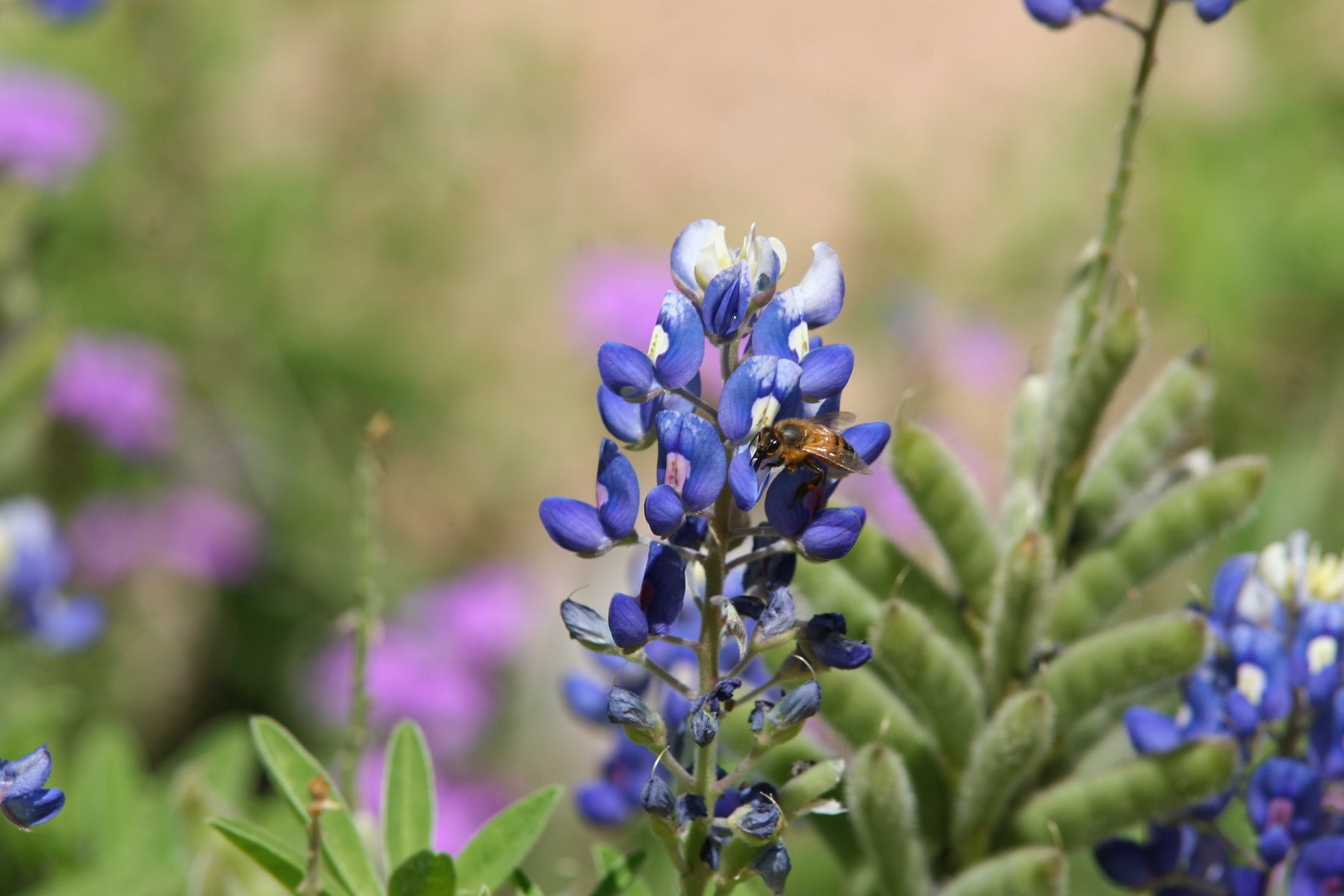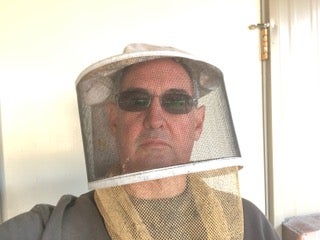Beekeeping mysteries abound
Published 12:18 am Saturday, April 25, 2020

- Orange Leader photo
|
Getting your Trinity Audio player ready...
|
As an amateur beekeeper, I am never at a loss for unanswered questions. Yes, I’ve spent hundreds of dollars on “bee books” watched months of YouTube videos, studied internet articles, taken the Texas Apiary Inspection Service Master Beekeeper Program and advanced to Master.
Still, I get fooled by our little ladies routinely.
Every time I find a weak hive or one that has died out, I try to study to determine why. Was it an aged queen, pesticides, virus, mite load? How many possibilities or combination of causes caused this hive to weaken or die out? Did I do something wrong? Oh Yes, that is the question that causes the most angst. Did I do something wrong.
I often discuss symptom’s with other beekeepers searching for an answer that seems to fit the situation. Really looking for answers that steer me away from something I did wrong. Maybe it’s just that I did not check often enough, that I might have seen signs had I looked more often.
With a wife, three grown children and several grandkids all involved in baseball, volleyball, dancing, school programs and other events my wife and I try to attend, time is precious. How could I have looked more often?
Sometimes I think Mother Nature is a cruel master, she brings warm spring days early just to tease the bees into starting brood only to follow with days of rain and a frost or two. Leaving the hive short of honey and long on pollen. A killing combination. Nothing can send me into more of a panic than to inspect a hive that was fairly heavy to find it light, full of brood and workers pulling brood out of the cells. I must make a mad dash to Wal-Mart to buy sugar, run home mix a sugar syrup and start feeding hives.
Feeding hives is a blessing and a curse, I will save a few hives from starvation, build hives into stronger fuller hives and run myself ragged feeding and mixing syrup. Once you start feeding you can’t stop until you are sure there is plenty of nectar out there.
Now that I have all of these early busting hives I must be very watchful for swarm cells, other wise I’ll loose half the bees I just worked several weeks to save. Why and how did I get myself into this mess? Did I rob to much last summer? Did Mother Nature really fool the bees? How can that bee? They have survived and evolved for millions of years did nature really fool them?
It must have been something I did. Maybe my efforts to pick queens looking for hygienic behavior or mite resistance I’ve robbed the bees of some of their inherent knowledge. Am I making progress or going backwards?
I’ve read pages and pages stating diversity and queen breeding is the critical component. That the more the diversity and that maximum drone availability will result in well bred queens. Ok, I get Italian hygienic queen cells that are from a well known established breeder, I buy a few mated Russian queens from another southern state and I recover Southeast Texas mongrels. How much more diversity can you get?
After all the reading and studying that I do, after all the hard work that I put into my bees, why do they send me off scratching my head almost daily? OK my yearly losses are less than the national averages, but since I don’t move my bees for pollination do the averages mean anything to my operation?
You might have noticed the mysteries I mention are always the bad things that happen to my hives. That’s because all the good things are listed on a page called “Amazing Things”. Under this listing I include how the queen knows to increase or decrease her egg laying, how half a hive can decide to swarm and then stay together to actually establish a new hive. This list would include how a hive produces new queens, either swarm or supercedure. How bees communicate, how working in the dark they can produce perfect cells that fit perfectly together. How they can work together so well and not with just sisters but half sisters also. Drones, just think about drones, special oversized cells and an egg that is not fertile. Now just how amazing is that.
Well back to one more mystery. This spring I made queen cell splits on Feb 28, I had lots of Drones and drone brood. On March 20, when inspecting the splits I had good looking fat queens and lots of young brood. On April 10, several of these splits were queenless with good sized areas of sealed brood, no young larva, no eggs. I’ve just about scratched a bald spot over this one.
Happy beekeeping to all of you. Join me in being both Amazed and Bewildered.
Len VanMarion is TAIS Master






